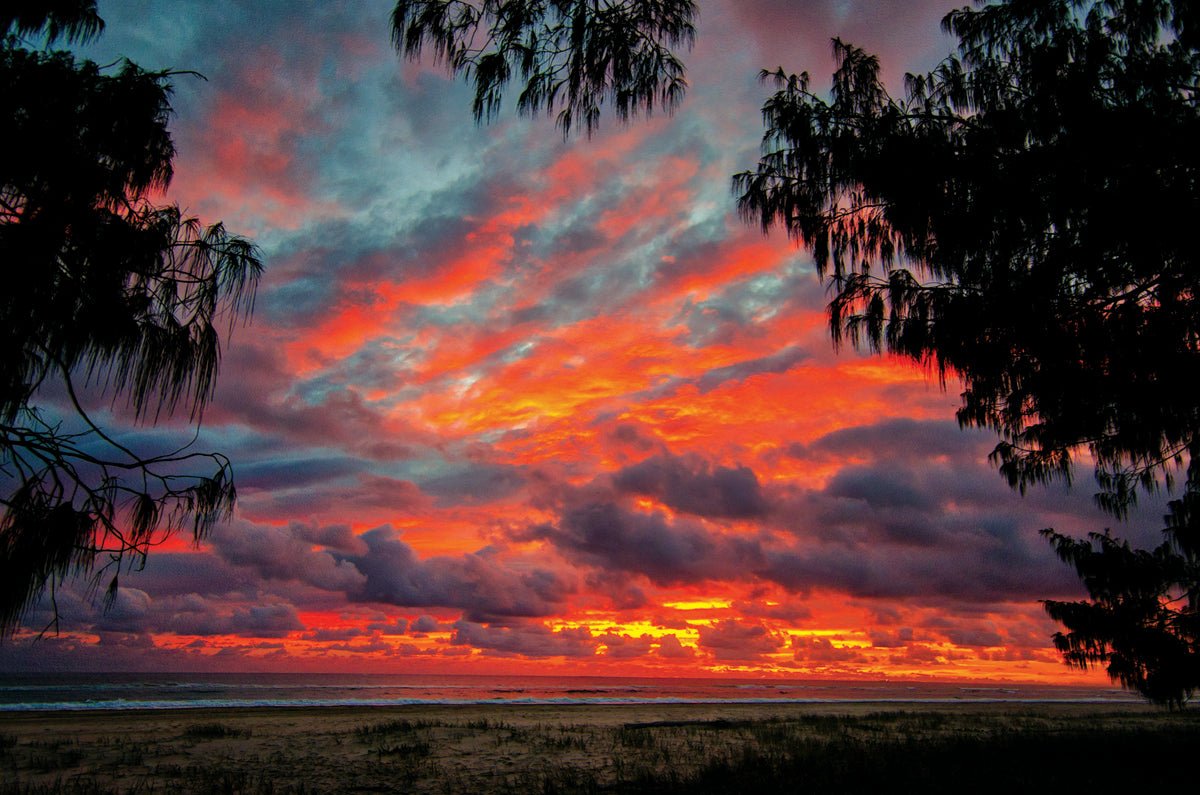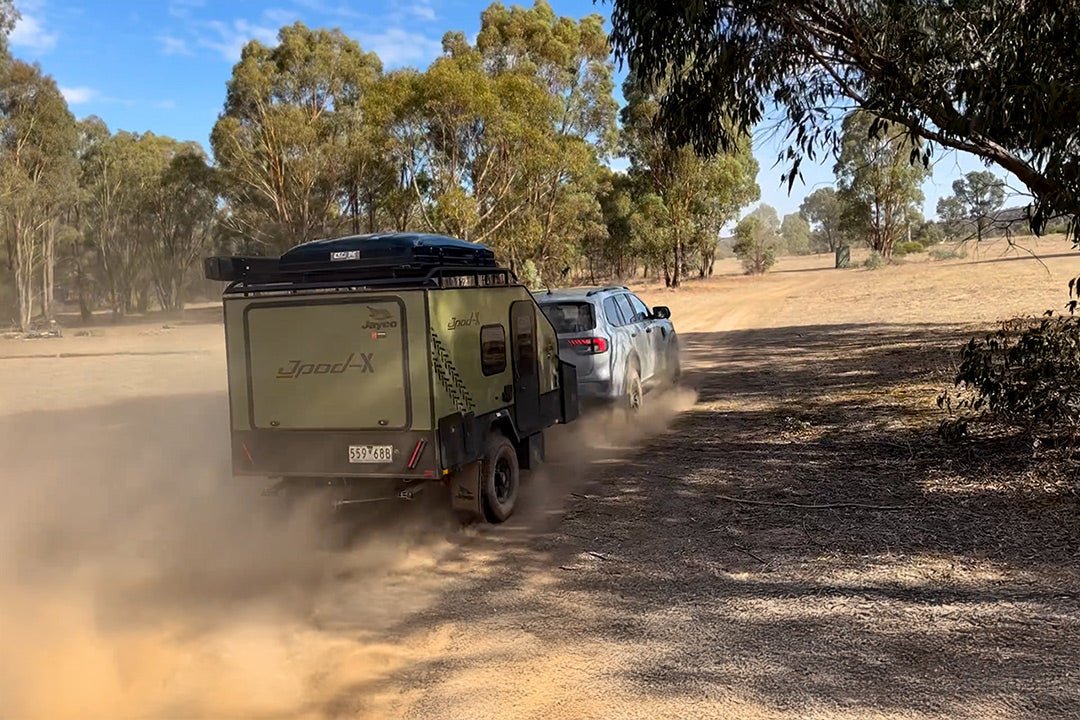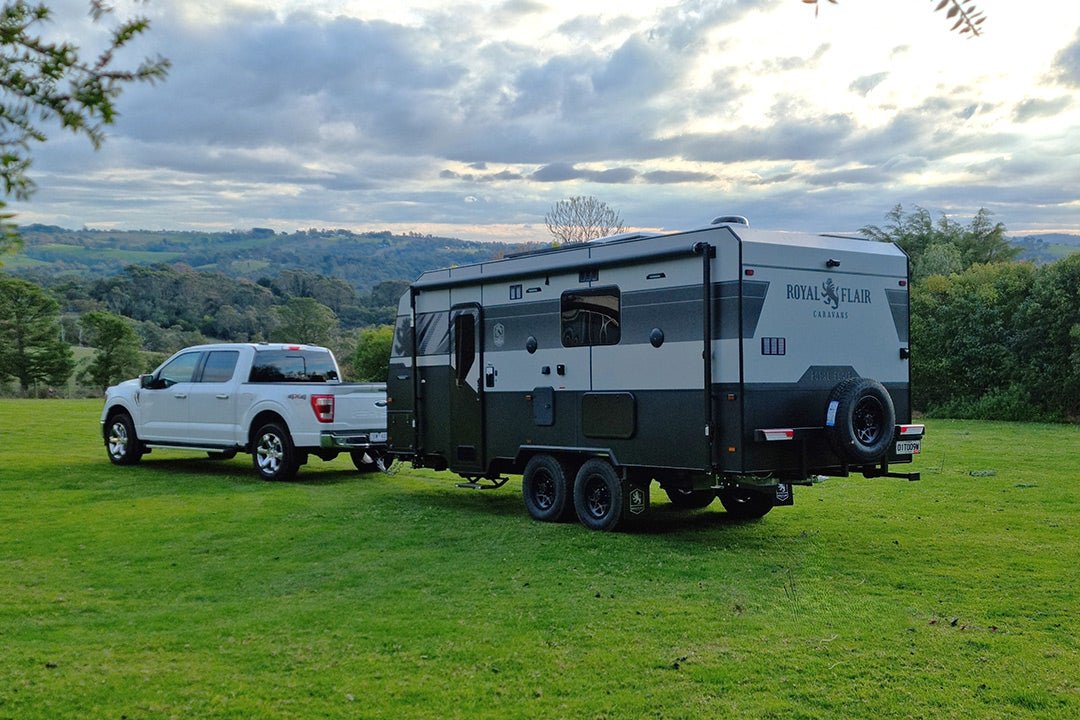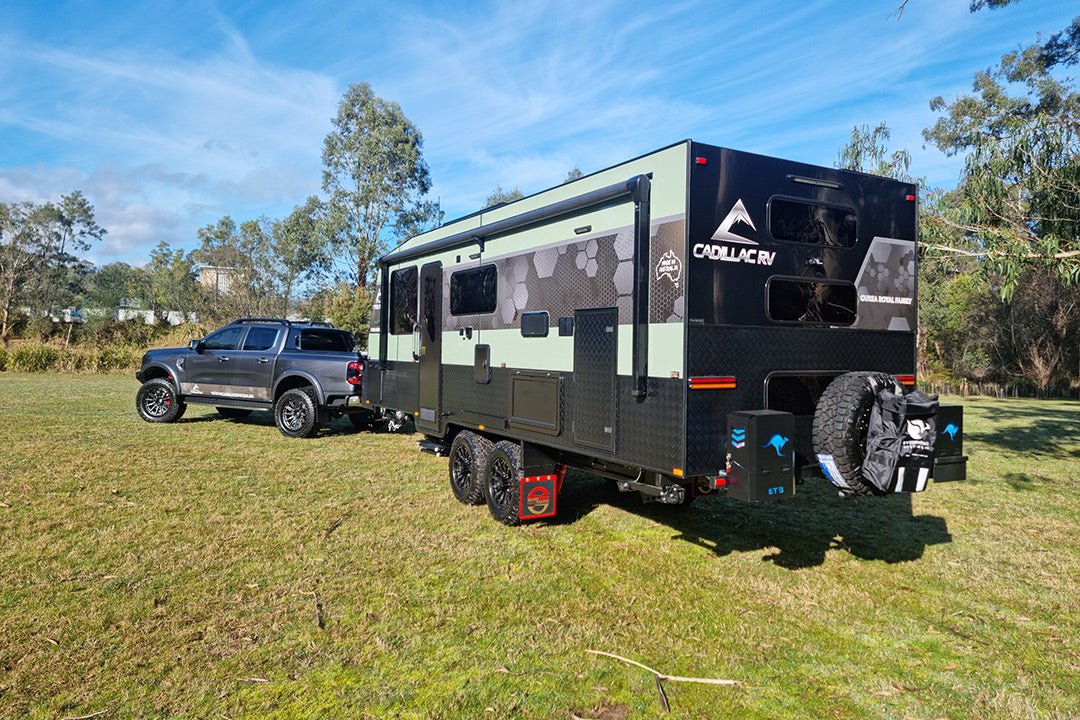Surviving a Summer Scorcher

This summer has already pushed the mercury right up across our blistered sunburnt country. We’ve already endured incredible temperatures, bushfires and there are more heatwaves on the horizon. So it not only pays to be safe during bushfire season, but also find ways to cool down while you’re on the road.
Here are some top tips to keeping your cool on the road as well as travelling safely in summer.
BUSHFIRE SAFETY
We have seen the devastation that recent widespread fires in New South Wales, Queensland and Victoria have caused to people, the land and our animals. It has also brought to our attention the need for more education around fire safety in rural areas, and for those visiting rural areas over the holiday period.
“Our research has shown people are becoming increasingly complacent in planning, and actioning their plans,” CFA CEO/CO Steve Warrington said recently.
According to the CFA, many people are not aware that fire can travel at 25km/h and that radiant heat from a bushfire can kill you from 300m away.
So, it’s extremely important that you plan your trip before heading off to the bush and be aware of any fire bans or Code Red Days (where you should not travel to at all) in the area by visiting the state fire emergency website, or even better, downloading your local fire and rescue app for regular updates. (See our breakout box for website information.)
PLAY BY THE RULES
Restrictions during a total fire ban must be adhered to, and will be declared on days when fires are likely to spread rapidly and get out of control. It doesn’t matter how small the fire, as even a single ember can start another blaze as far as 40km away.
So if you happen to find yourself on a campsite when there is a total fire ban, you can continue to use a gas or electric barbecue to cook your meals. However, you must have access to a water supply, an adult must be present at all times when operating it, and it should be used within a designated picnic area or within 20m of a permanent dwelling.
The bigger question that will probably cross every caravanner’s mind is this: Is it worth heading out during this kind of weather?
Well, it can be dangerous, so it’s best to stick to the tried and true caravan parks and established campgrounds rather than heading out to the thick scrub with your offroader. Stay away from enclosed valleys that can act as a fire funnel and make it hard to see both smoke and the flames. It also pays to look at the weather forecast before you leave and avoid hot, dry, windy weather; especially in thick bush (with eucalypt trees) that acts as fuel for bushfires.
This all sounds fairly obvious to some, but it is surprising how many people do not think about it!
KEEP YOUR COOL
If you don’t have some form of air-conditioner in your van, then you must be certifiably crazy in the heat of a harsh Aussie summer. However, some people like to drag around an old van that relies on the cooling breeze from the ocean or a couple of bedside fans instead. If that sounds like you, then there are still practical ways to keep cool without the need for an expensive air-con unit that will need to be retro-fitted.
The more air circulation you can get in your van the better — it’s the opposite of what you would do in your standard brick and mortar house when it’s hot: open up all the windows. But make sure you keep the blinds down and side awning pulled out to absorb the sun’s rays before they beam through the windows. If you have a pop-top, then even better! These kinds of vans allow a constant airflow (as hot air rises) and are surprisingly effective at cooling the space.
Cooking outside at the gas barbecue is a better idea than baking inside and creating a sauna! Even better, why not use a solar oven? These will not only be perfect in total fire ban areas, but is an incredibly resourceful and sustainable way of cooking food. Get active early in the moment so you are cooking food at the coolest times of the day.
You should also consider switching your halogen lighting for LED, which gives off less heat. And have a spray bottle next to you to spray into the breeze generated by the fan. It gives the room and your body a little misting — but don’t squirt long streams of water into the electrics, obviously.
Soaking your hat in water is a great way to stay cool during the day, particularly if you are doing any kind of physical activity (and please drink plenty of water if you are). If you feel dizzy, have muscle cramps or experience intense thirst, then be sure to get out of the sun, lay down with your feet slightly elevated and rehydrate with electrolytes as soon as possible.
GO AND GET WET!
What better way to push the body temps down a notch than with a dip in nature’s many waterholes and beach nooks across Australia. Here are a few that you might find on your travels,
JEANNIE'S LOOKOUT, ROTTNEST ISLAND, WA
There are so many reasons to visit Rottnest Island — not just for the cute quokkas and car-free utopia — but for the beaches and snorkeling. One of the most beautiful areas of Rottnest Island (and highly underrated) is at Jeannie’s Lookout. The snorkelling is incredible due to high visibility in its lovely turquoise water. Hire a bike at Thompson’s Bay and it’s just a 20-minute ride.
BERRY SPRINGS NATURE PARK, NT
Let’s face it, there are so many incredible waterholes and waterfalls in the Northern Territory, but if you are after a swimming spot that’s only around 40 minutes drive from Darwin city and has picnic spots and facilities for the family, then Berry Springs has everything you need. There is easy access to these natural pools and anyone can drift between mangroves from pool to pool. The Territory Wildlife Park is nearby for a well-rounded day trip, too.
POUND BEND, WARRANDYTE STATE PARK, VIC
Being the closest state park to Melbourne city (only a 40-minute drive), Pound Bend Reserve is a welcome respite from the heat with its naturally occurring swim spas, picnic grounds and walking tracks along the Yarra River. Pound Bend tunnel was constructed in the late 19th Century to change the course of the river in order to be able to dredge for gold and, from that, the rock pool just at the tunnel outlet has created a natural spa where you can both cool down and relax.
STOKES BAY, KANGAROO ISLAND, SA
This gorgeous spot on Kangaroo Island rewards travellers’ for the effort made to get here with a lovely white sandy bay that is family-friendly and perfect in summer. You will have to park at the carpark and walk through a labyrinth of caves before cushioning your feet on some of the whitest sand around at Stokes Bay. There is a good chance that there won’t be that many people there, either.
PACK LIGHT
It’s safe to say that camping in summer will mean virtually living in a sarong, swimsuit, shorts and thongs (or flip flops for our Kiwi friends).
However, there are a few other heat-beating accessories that won’t take up too much space.
Portable outdoor showers are the best kind of showers. These are a worthy investment, especially if there is no beach or river surrounding you.
Hammocks are no longer retro - they are cool (in all senses of the word). In fact, pack a few, as there will always be someone stealing your spot! These are great in summer as they allow the air to flow through the hammock. Great for siestas!
An inflatable pool or kids' sand pit may sound a bit tacky, but filling this up with water if there is no other pool around, is a great way to cool down. If you have pets, they will love it too.
Turkish towels were all the rage a few years ago, but they really are so versatile. They can be used for the beach, as picnic blankets, as bathroom towels as well as everyday attire! These will become a staple while out camping, and they are light, too.
With the heat comes the ants who are almost always uninvited. Most people have their own portable coffee machines these days or stovetop coffee makers. Why not save your coffee grounds and sprinkle them around the doorway of your van. The smell will help deter ants from crawling over the food in the kitchen (and up your leg at meal times).
CAUGHT IN A FIRE
Before heading off in your van, it’s obviously important to make sure you have packed a working fire alarm, fire extinguisher, fire blanket and first-aid kit inside.
However, the NSW Rural Fire Service recommends that anyone who is caravanning and camping in regional areas should put together a survival kit for use in the event of being caught in an actual bushfire.
The kit should include:
- Portable battery-operated radio
- Waterproof torch
- Spare batteries
- First-aid kit with manual
- Candles with waterproof matches
- Woollen blankets
- Emergency contact numbers
- Waterproof bag for valuables
The NSW Rural Fire Service also suggests a step-by-step guide if you are caught in a fire:
- Call triple zero (000)
- Park off the road in a clear area away from trees
- Face your car towards the fire
- Turn off the engine and turn on headlights and hazard lights
- Close the windows and air vents
- Stay low in the car to protect yourself from radiant heat
- Cover yourself with a woollen blanket
- Drink water and cover your mouth with a damp cloth
- Stay down until the sound of the fire has passed







